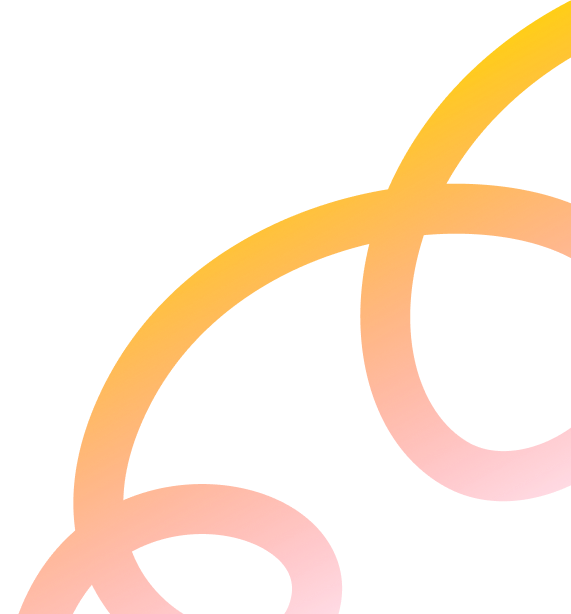
Cross-Generational Collaboration: Building a Cohesive Workforce
Diversity in the workplace is the fuel for innovation and success, with diverse companies earning up to 2.5x more cash flow per employee. However, multi-generational teams can face challenges without the right leadership and systems for a cohesive workforce. When you have Baby Boomers struggling with remote work policies and Gen Zs questioning the need for traditional office hours, you’re risking:
- communication breakdowns
- decreased morale
- inefficiencies
- project delays
- talent loss
In the advertising and marketing industry, where every successful campaign stems from collaboration, these generational gaps directly impact creative output and client relationships. So how can you navigate these generational differences and turn them into a strong, cohesive workforce? Let’s talk about the benefits of generational diversity in the workplace and strategies to make your organization more inclusive!
Benefits of Generational Diversity in the Workplace
The first step to a cohesive workforce is workplace diversity—and this isn’t limited to hiring people with different identities and cultural backgrounds. Age diversity is also crucial, especially as we simultaneously see multiple generations in the workplace.
While most Baby Boomers are reaching retirement age, we expect around 25% of men and 17% of women over 65 to still be in the labor force by 2032. This means age diversity isn’t a trend—it’s the future. Organizations that embrace generational diversity will see the benefits of:
- Increased productivity (companies with 10% greater share of workers over 50 are 1.1% more productive)
- Stronger client relationships across demographics
- Natural mentorship and knowledge transfer
- Broader market insights spanning different consumer generations
- More creative solutions to marketing challenges
- Faster problem-solving and better decision-making
- Higher employee retention
→Related Resource: Future-Proofing Your Organization: Succession Planning Across Generations

Image Source: Shutterstock
How to Build a Cohesive Workforce
The benefits of generational diversity in the workplace are immense, but maximizing the actual results for your business comes down to the right management strategies and policies. Here’s how to create a more cohesive workforce.
Understand Generational Differences
Building a cohesive workforce starts with understanding what makes your team tick. Each generation brings unique perspectives, work styles, and valuable skills to the table. Organizations need to understand the unique characteristics of different generations in the workplace so they can tailor their recruitment and retention strategies.
Here’s a quick look at the characteristics, motivations, and work/communication style preferences of each generation:
| Generation | Characteristics | Motivations | Work/Communication Style Preferences |
| Baby Boomers II (1955-1964) |
|
|
|
| Gen X (1965-1980) |
|
|
|
| Millennial (Generation Y) (1981-1996) |
|
|
|
| Generation Z (1997-2012) |
|
|
|
| Generation Alpha (2012- ) |
|
|
|
Pro Tip: These are general traits of different generations, but everyone is unique. To understand your team’s needs and preferences, hold regular surveys and feedback sessions. This helps you tailor your approach and build a stronger, more cohesive team!
→Learn more: Gen Z Workplace Retention Tips
Use a Mix of Communication Channels
A cohesive workforce communicates openly and easily. Different generations (and individuals) have different communication styles and preferences. Allowing and encouraging multiple communication channels can bridge generational gaps while boosting productivity and engagement.
Establish which channels are for what type of communication to ensure messages are delivered as intended. Here are some best practices for marketing agencies:
- Quick chats via Slack or Google Chat for immediate needs
- Email for formal communications and announcements
- In-person meetings for complex discussions and relationship-building
- Video calls for meetings with team members working from home
- Phone calls for time-sensitive tasks
- Project management tools for workflow tracking
Pro Tip: Communication tools are just tools. The key to cross-generational communication is creating an environment where employees feel comfortable sharing ideas and feedback. Build trust with inclusive practices, open dialogue, and regular check-ins.

Image Source: Shutterstock
Build Cross-Generational Project Teams
If you want to create a cohesive work environment, mix it up. Your multigenerational workforce will get along better the more they interact. Consider:
- Matching experienced team members with younger employees
- Rotating team members across different projects
- Creating mentor-mentee partnerships that go both ways
- Assigning diverse teams to client accounts
- Building balanced brainstorming groups
- Hosting collaborative training sessions and team-building activities
Pro Tip: Frame these groupings around complementary skills rather than age. For instance, you can pair your social media manager with a veteran copywriter to combine digital fluency with proven messaging strategies. Win-win!
Offer Flexible Work Arrangements
When your workplace works for everyone, everyone works better. Every employee has different work styles, preferences, and priorities. So, while Millennials and Gen Zs are the most vocal about their preference for flexible work environments, adaptable schedules and work setups benefit everyone—including your bottom line.
Allowing your team to choose where and how they work best will not only improve work-life balance but also productivity. Consider:
- Hybrid and remote work options
- Flexible hours (e.g. start and end time adjustments)
- Compressed work weeks or part-time roles
- Output or performance-based setups
Pro Tip: Flexibility doesn’t sacrifice collaboration or accountability. Clear policies and tools like project management software, video conferencing, and digital calendars maintain a cohesive workforce, while allowing employees to work in ways that suit them best.
Invest in Professional Development
Professional development unites all working generations, especially in advertising. While interpretations of growth differ, everyone values opportunities to learn and improve skills.
To build a cohesive workforce, managers must play into this common denominator. Offer diverse learning opportunities like:
- Technical skills workshops
- Leadership development programs
- Industry certification support
- Cross-departmental training
Pair these initiatives with effective feedback, recognition, and rewards programs to reinforce strengths, boost morale, and motivate further growth!
Build a Cohesive Workforce with Ad Culture
The team that works well together wins together—and nowhere is this truer than in the advertising industry. Don’t let generational differences hold your team back.
Start building a cohesive workforce by hiring the right people. Ad Culture specializes in recruiting “marketing unicorns” with both expertise and culture fit. We take time to understand your company culture and generational makeup to ensure each new hire strengthens your team.
With our industry experience and rigorous candidate vetting process, we help you build a diverse, skilled team that works seamlessly together and drives your business forward. Reach out to find your unicorn!








